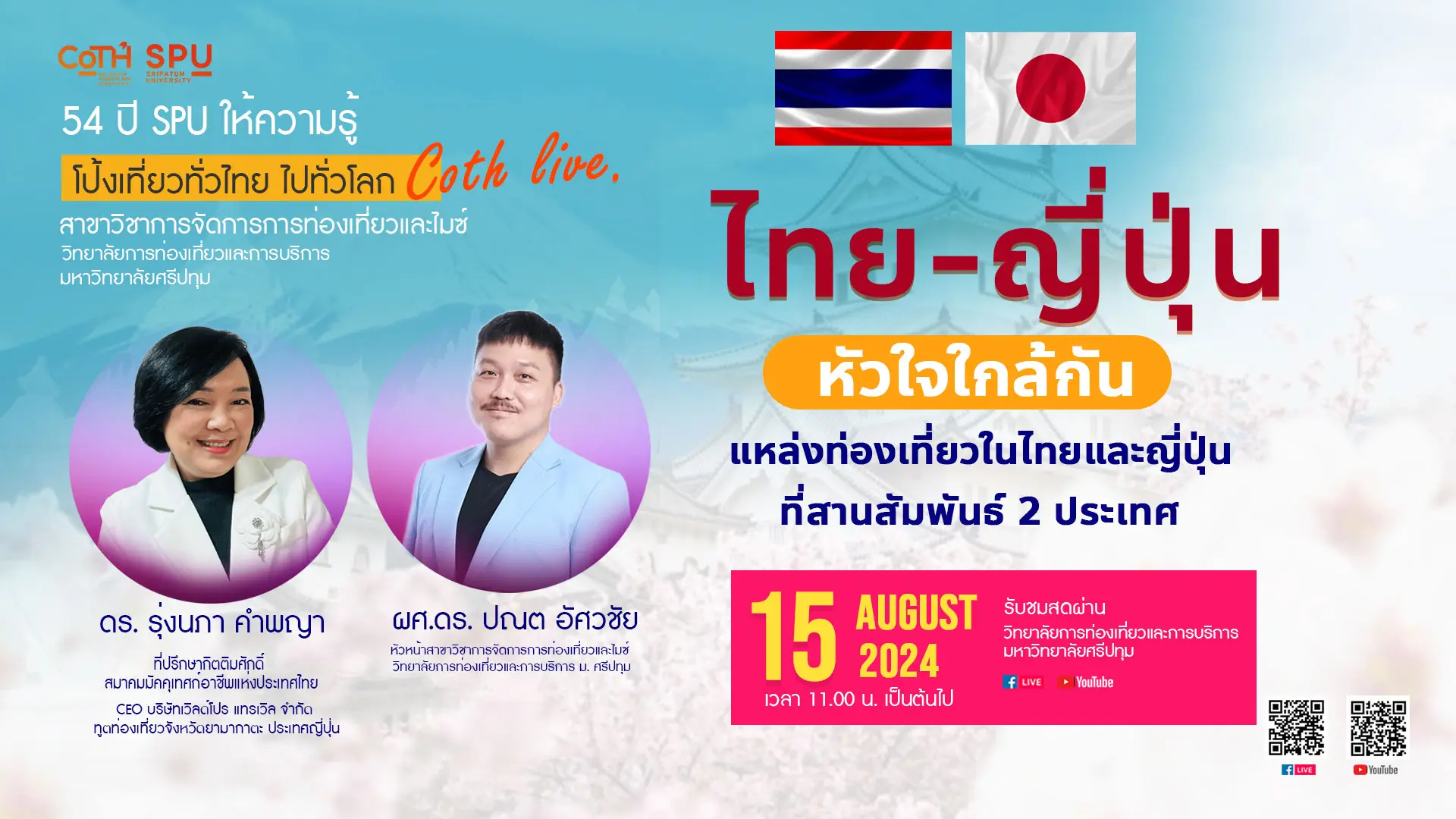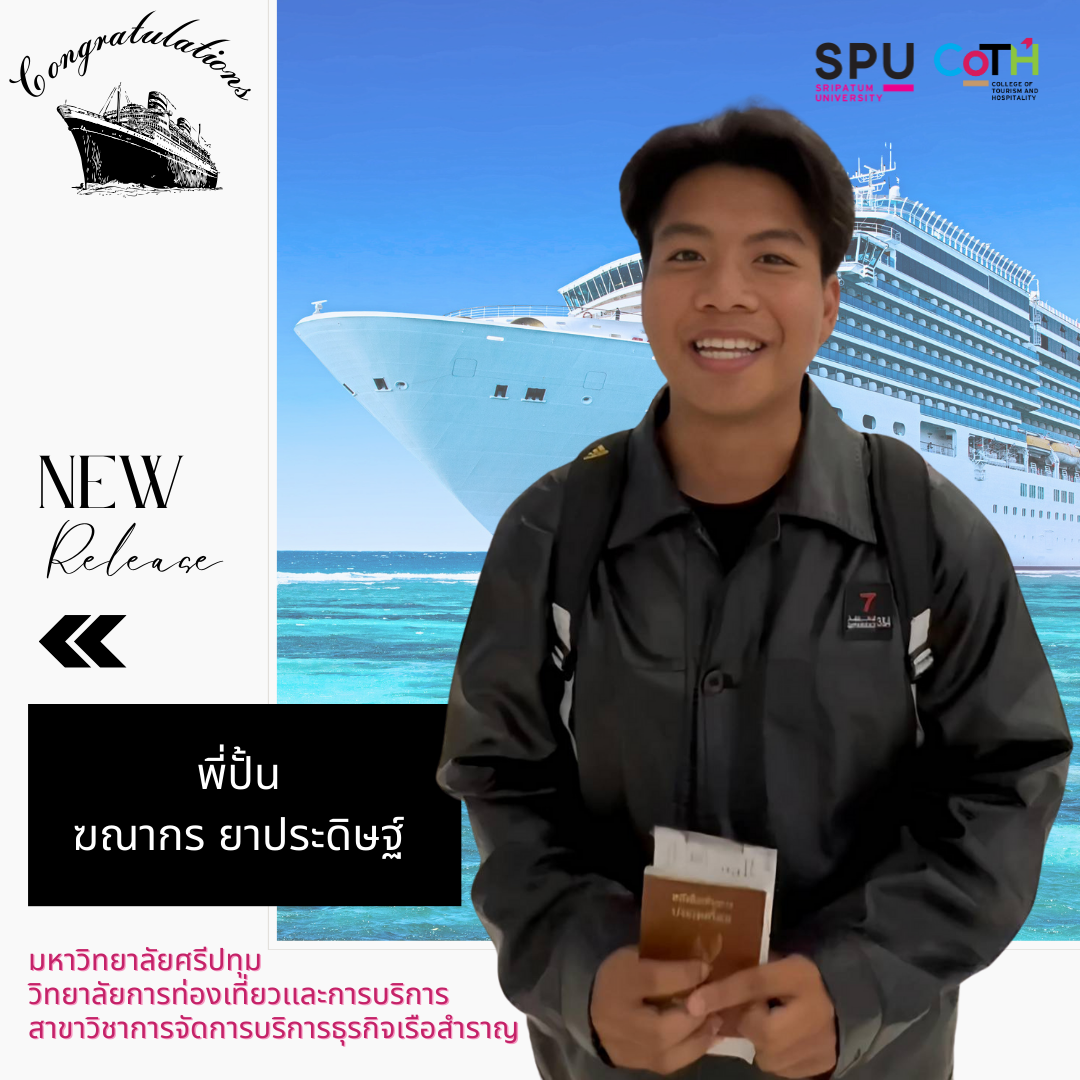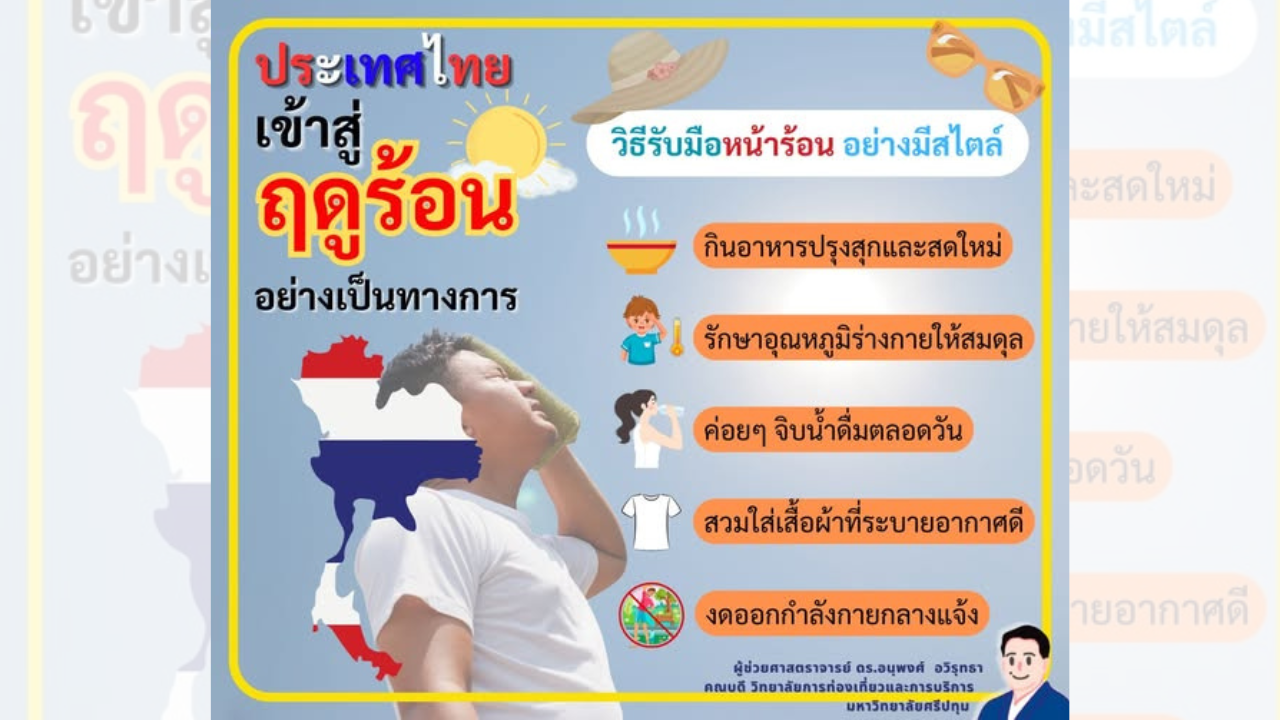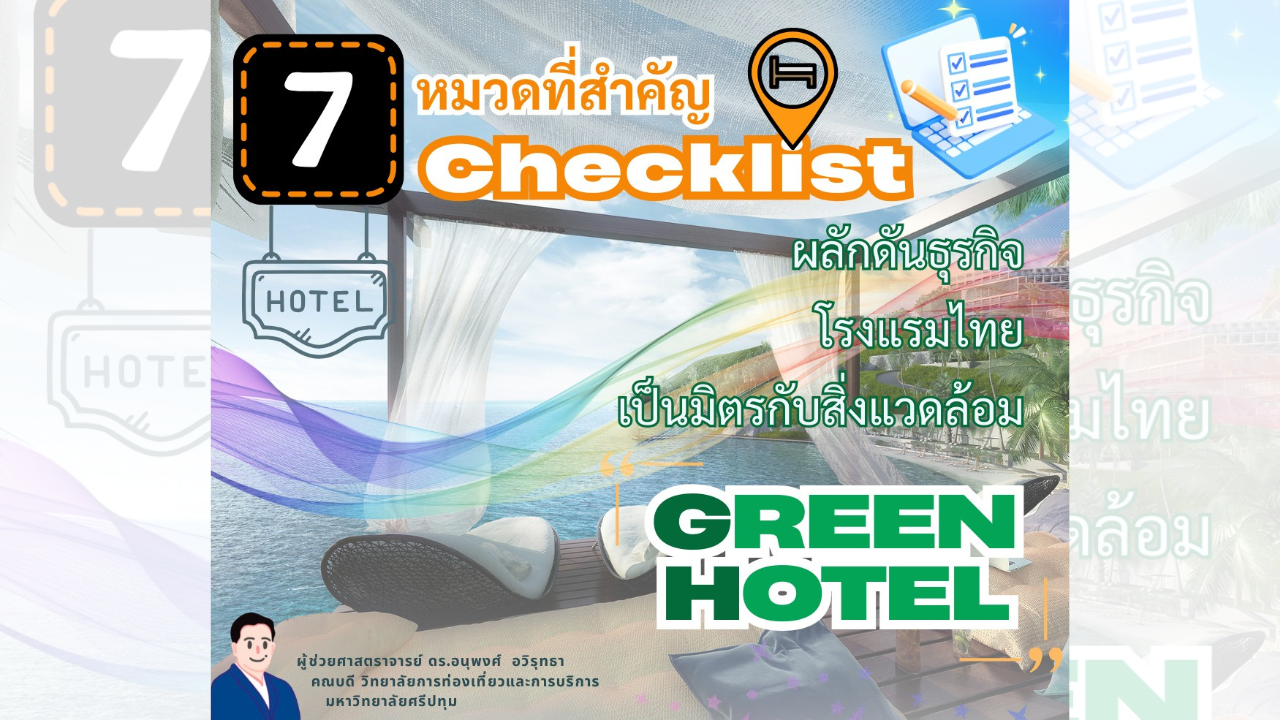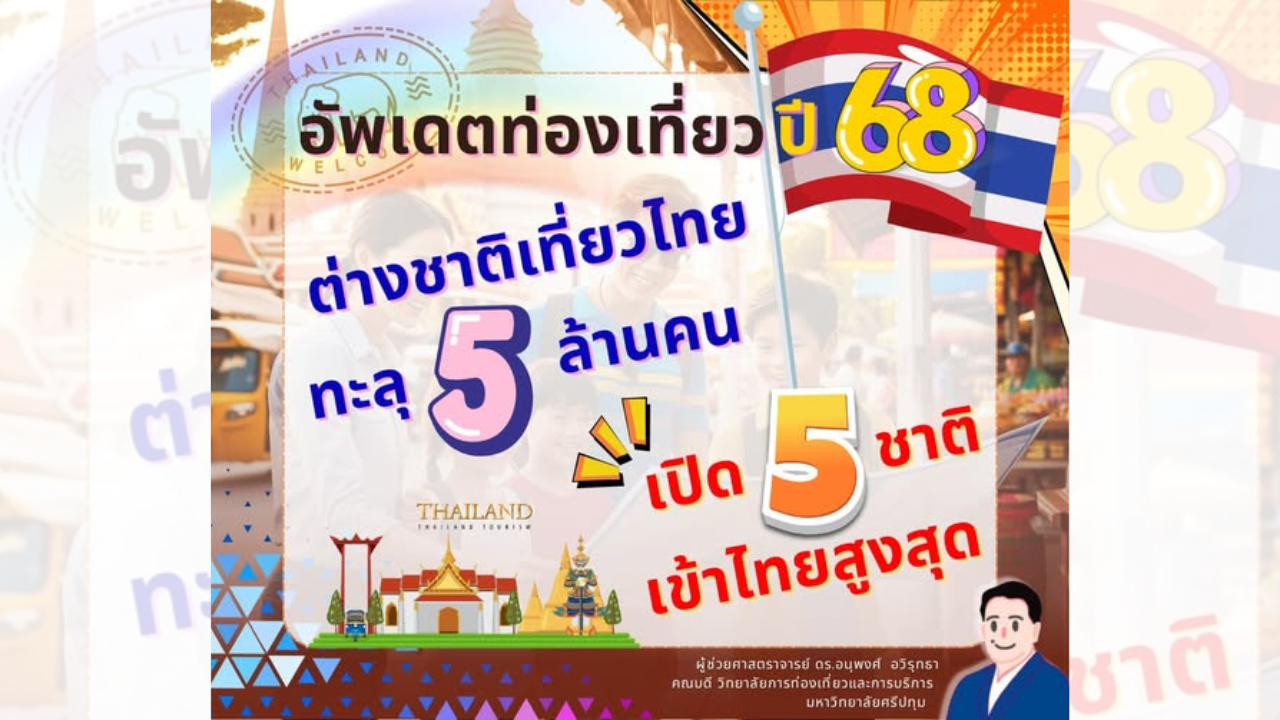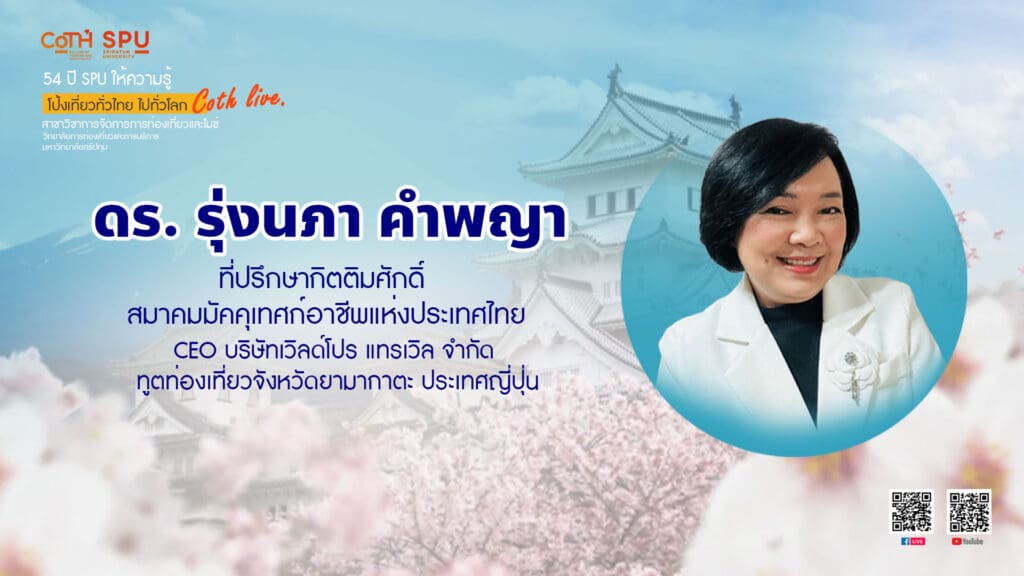
The College of Tourism and Hospitality, Sripatum University, would like to take readers back in time and experience the good relationship between Thailand and Japan through charming tourist attractions that reflect the strong bond between the two countries.
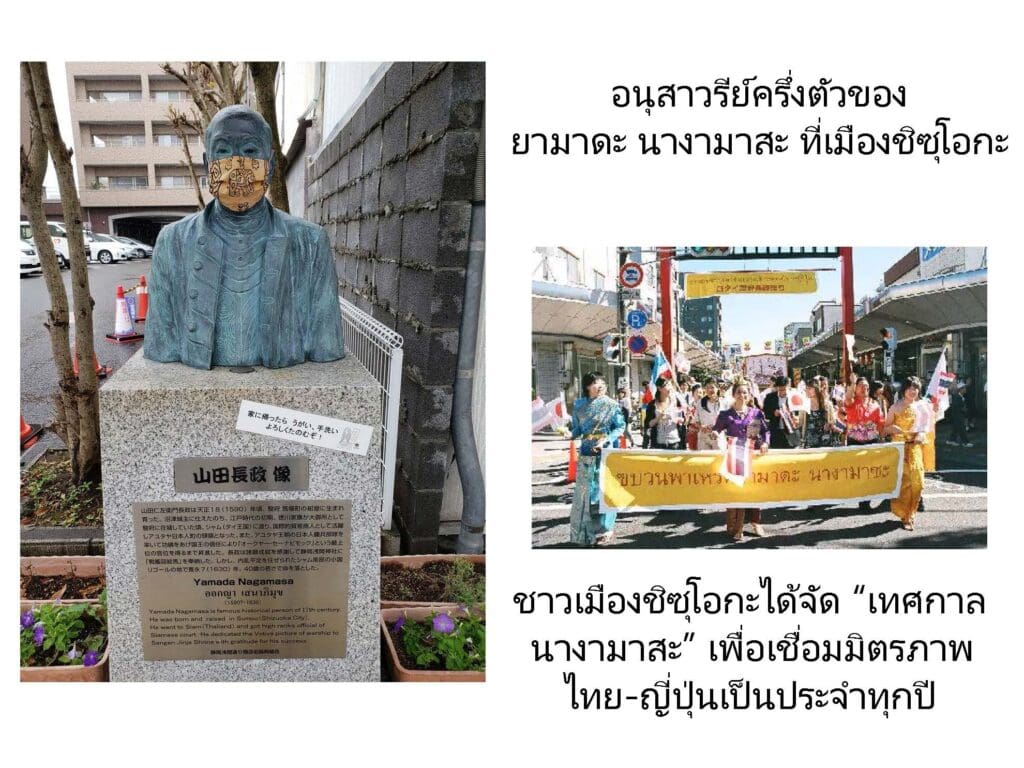
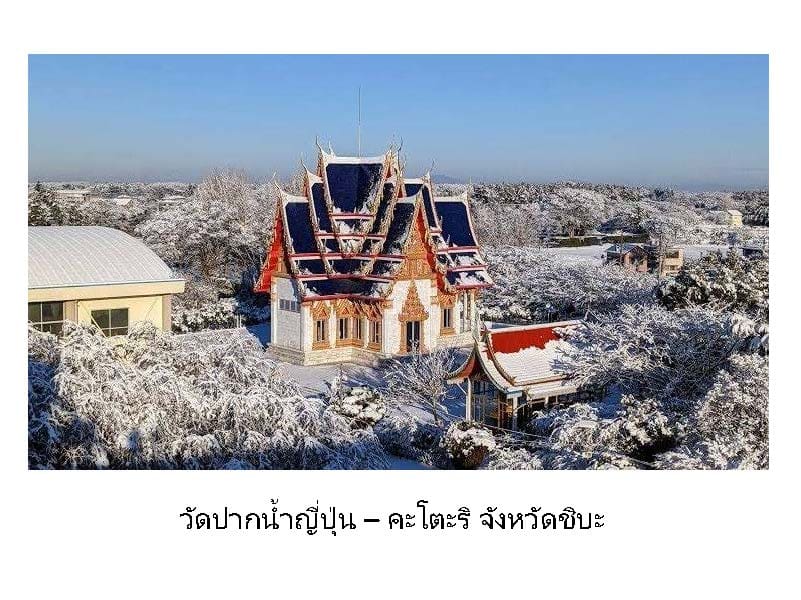
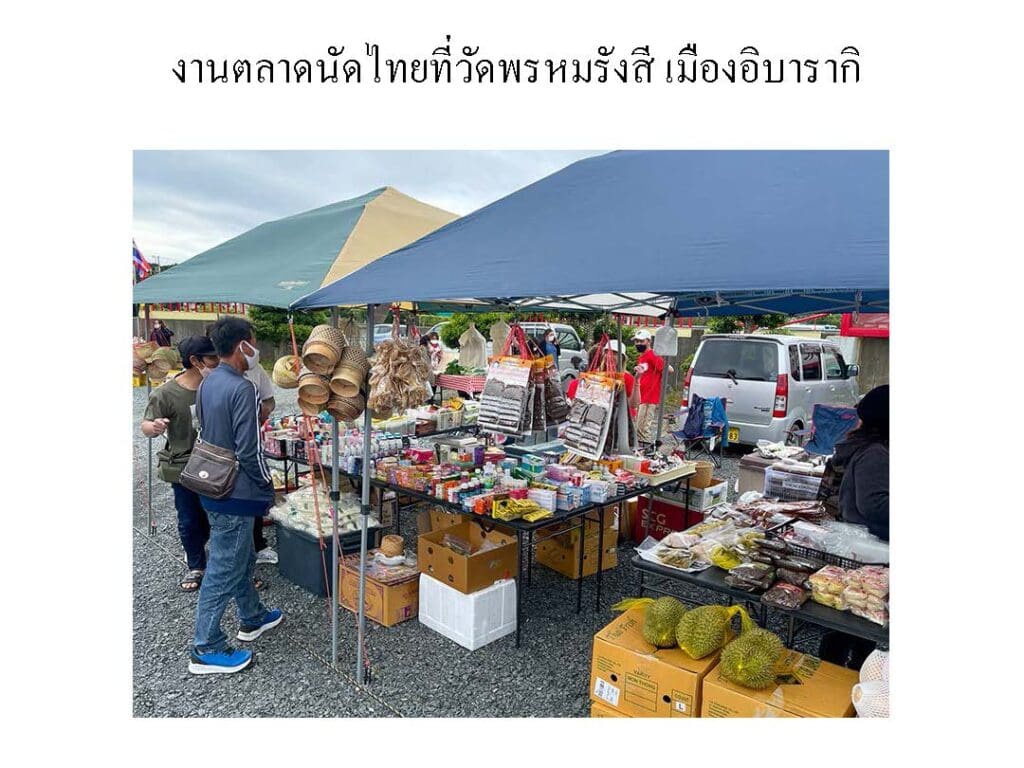
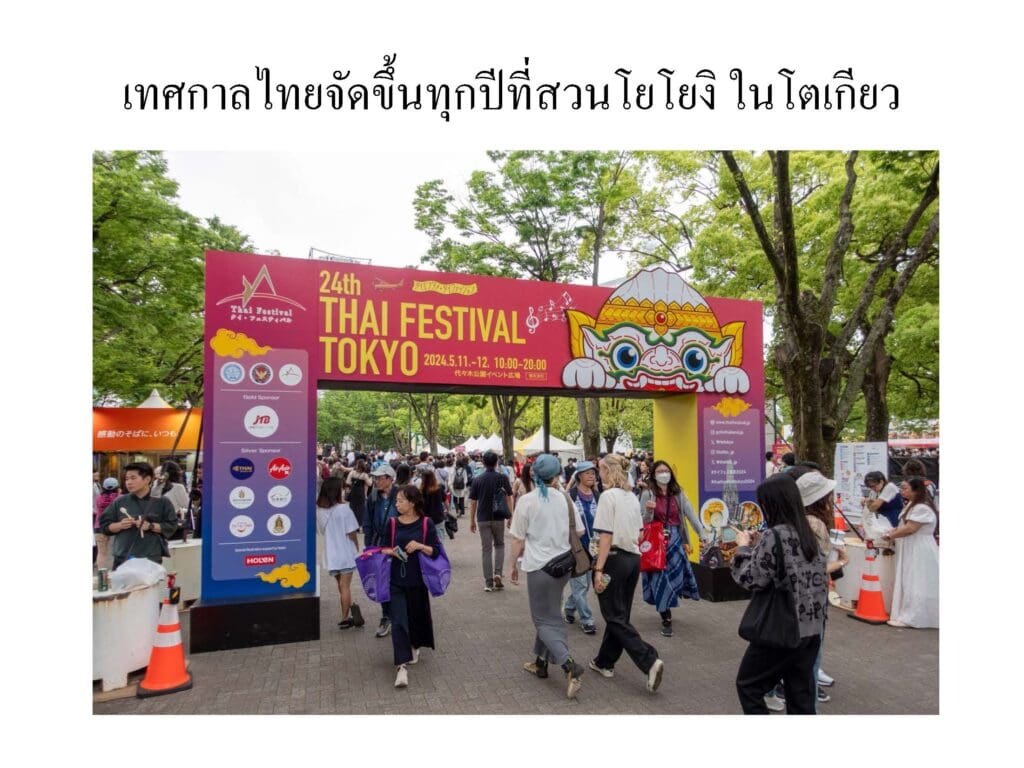
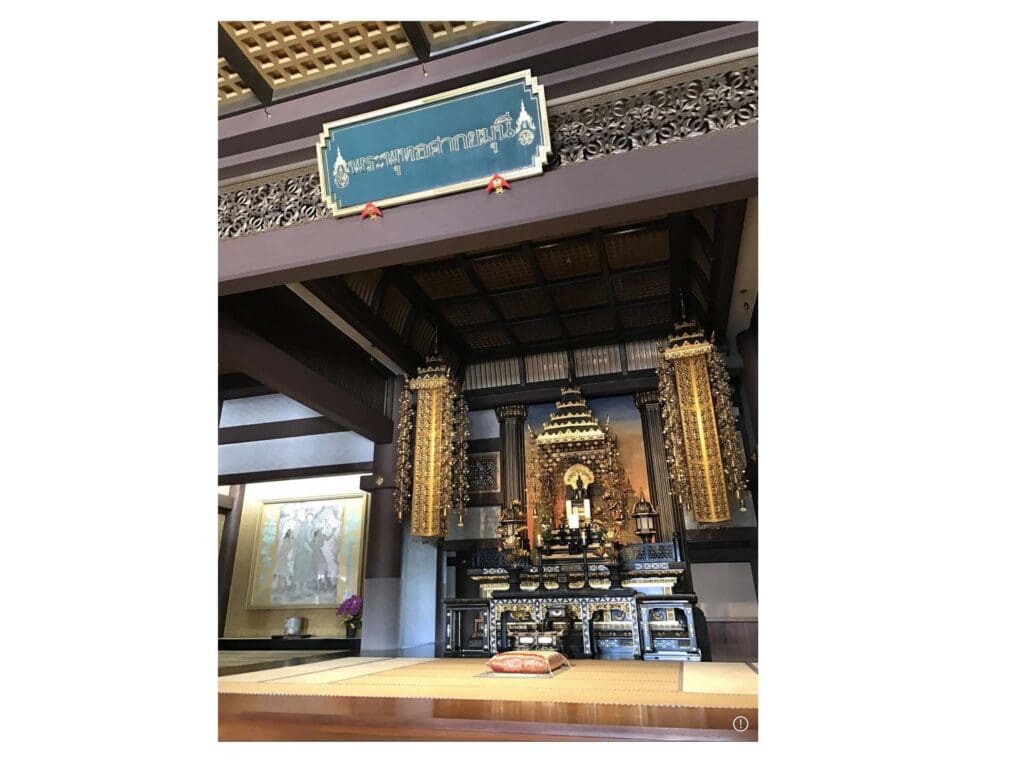
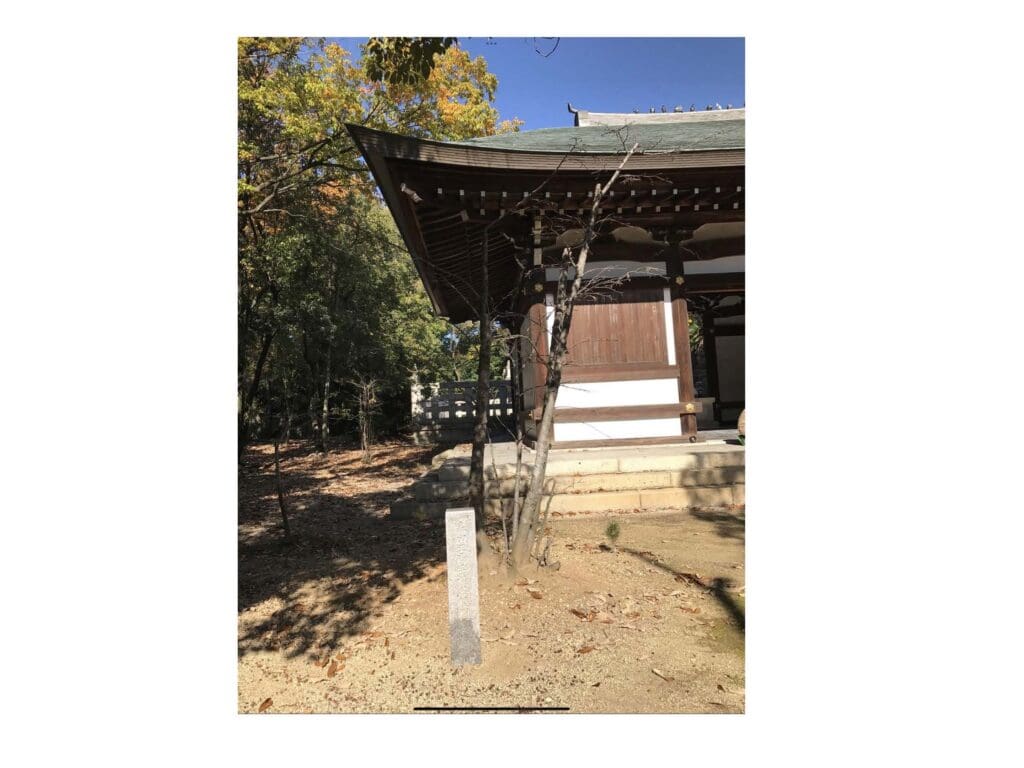
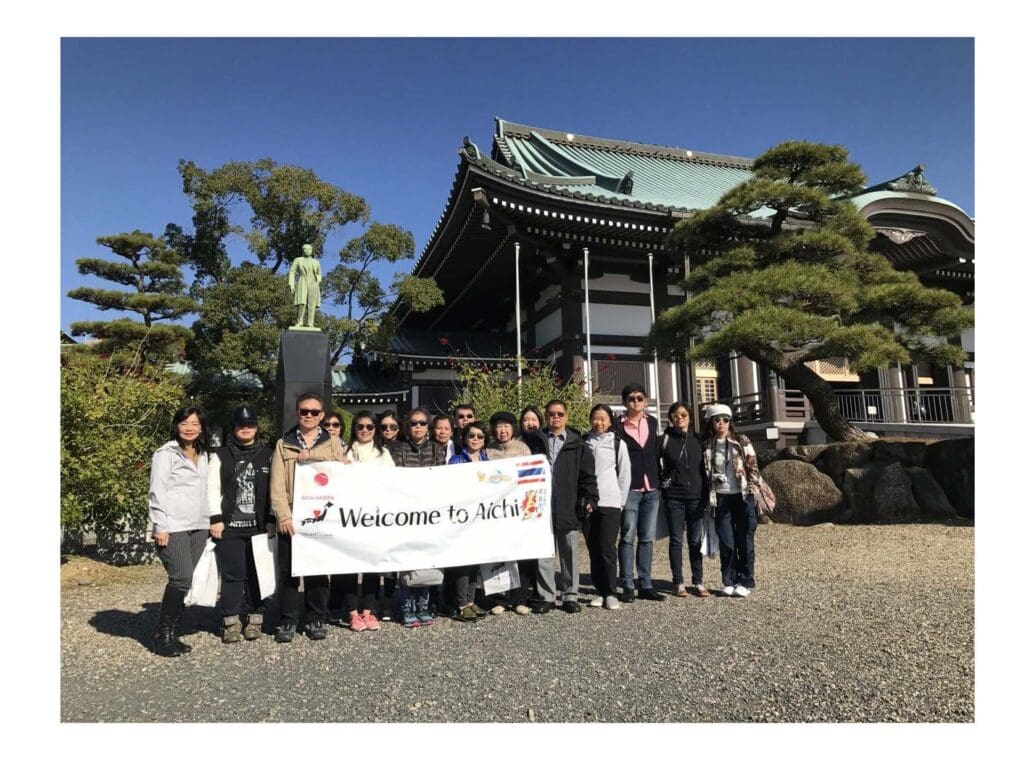
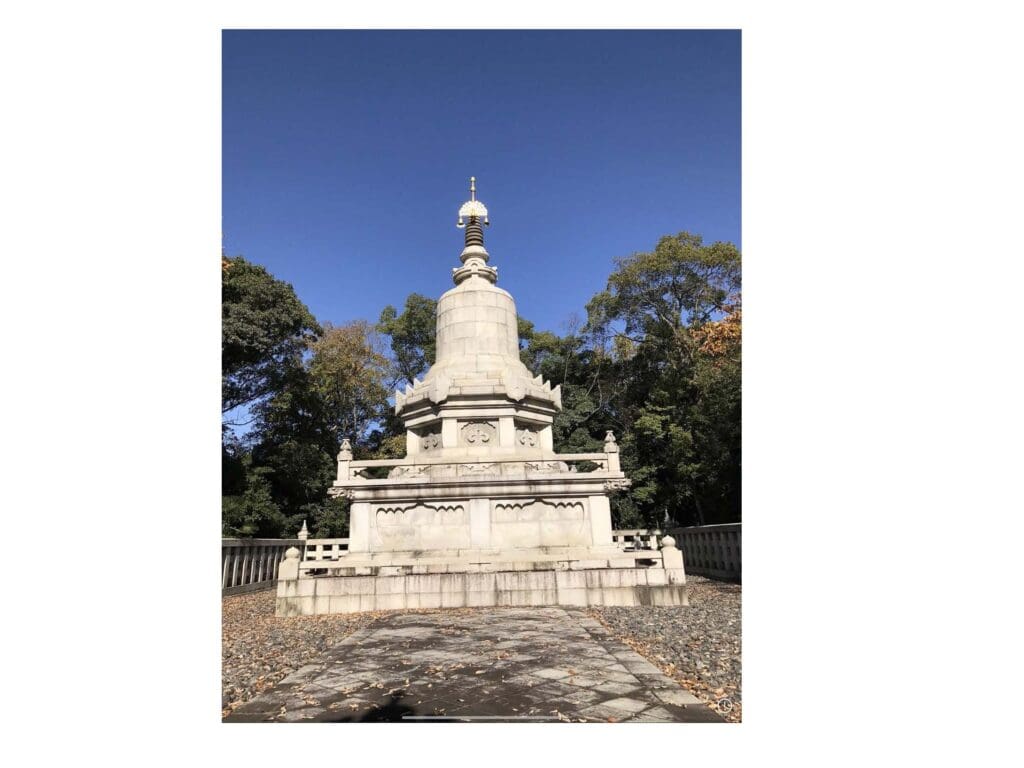
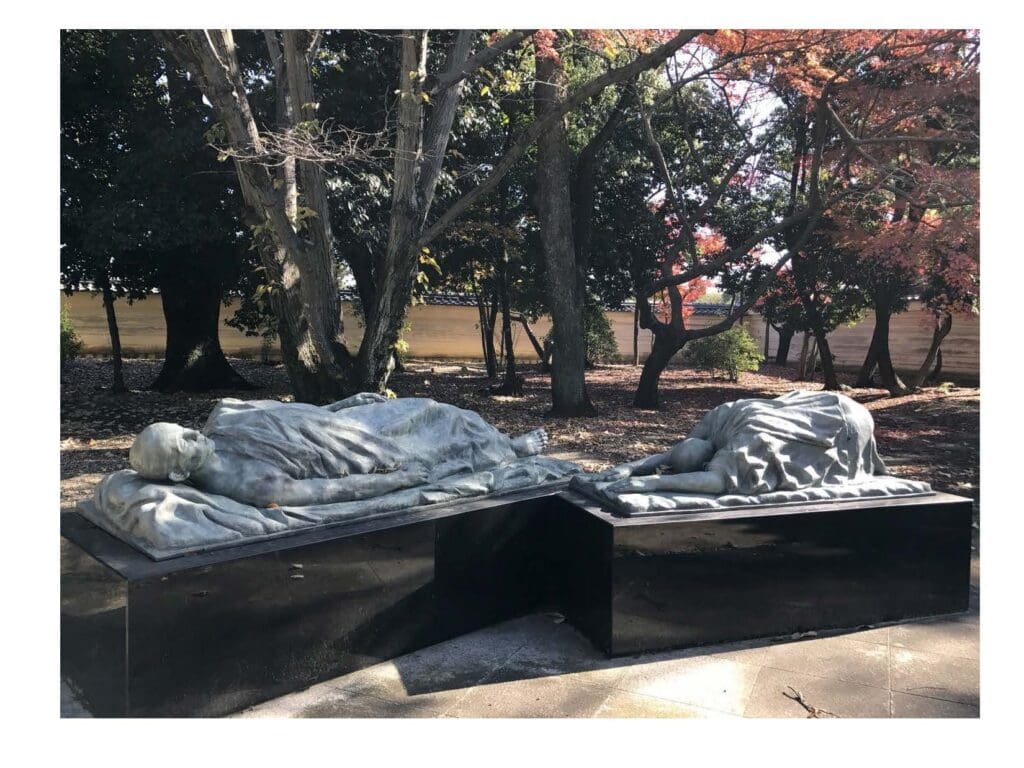
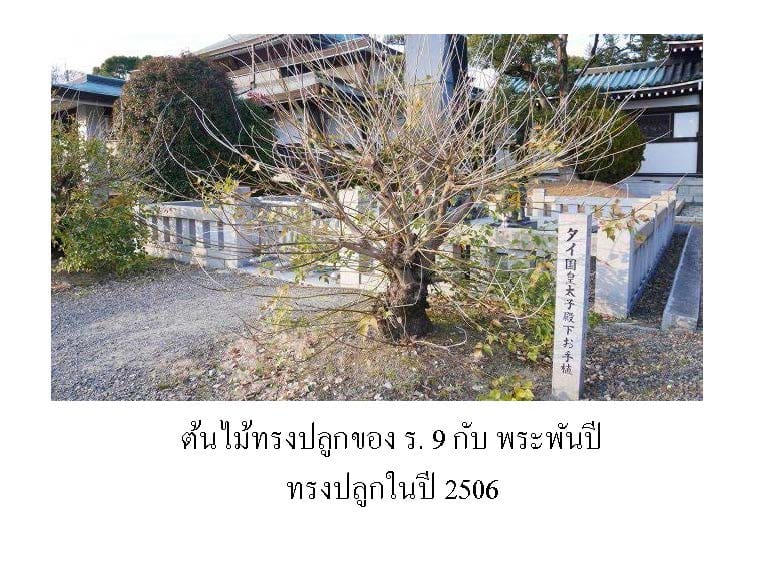
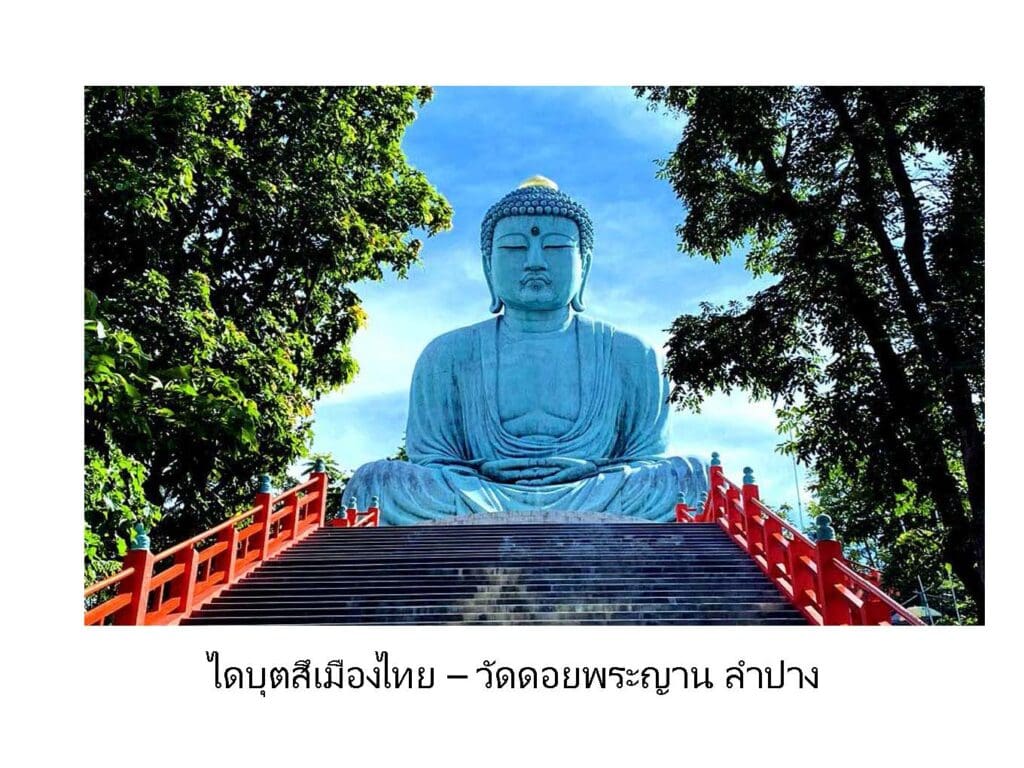
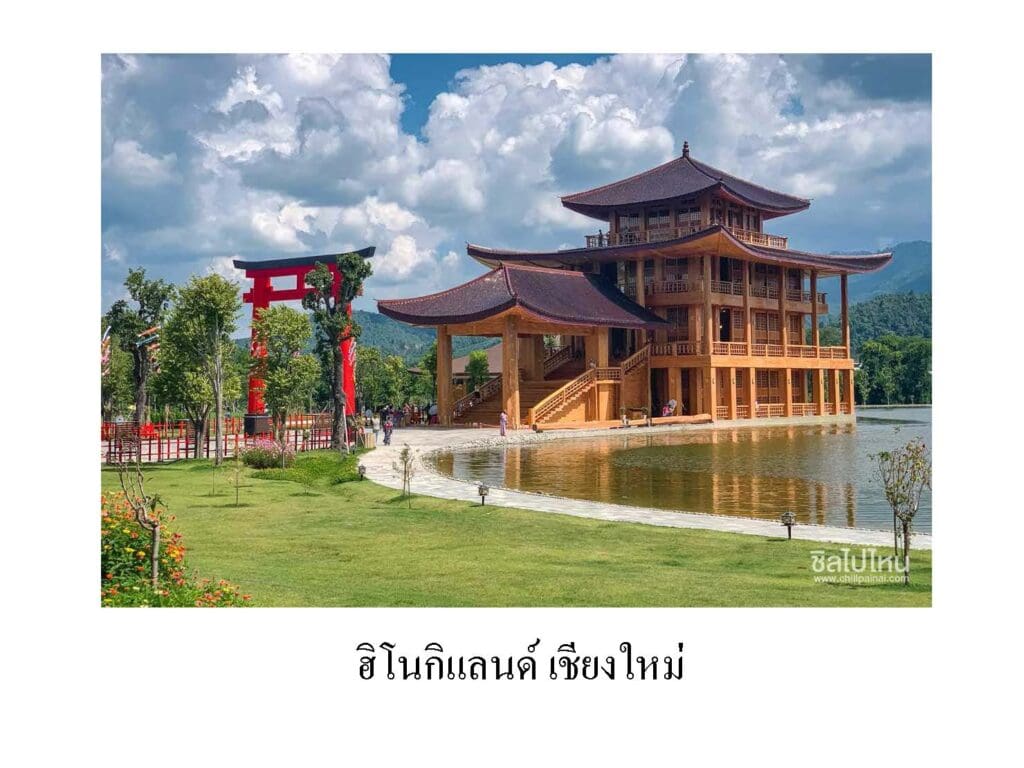
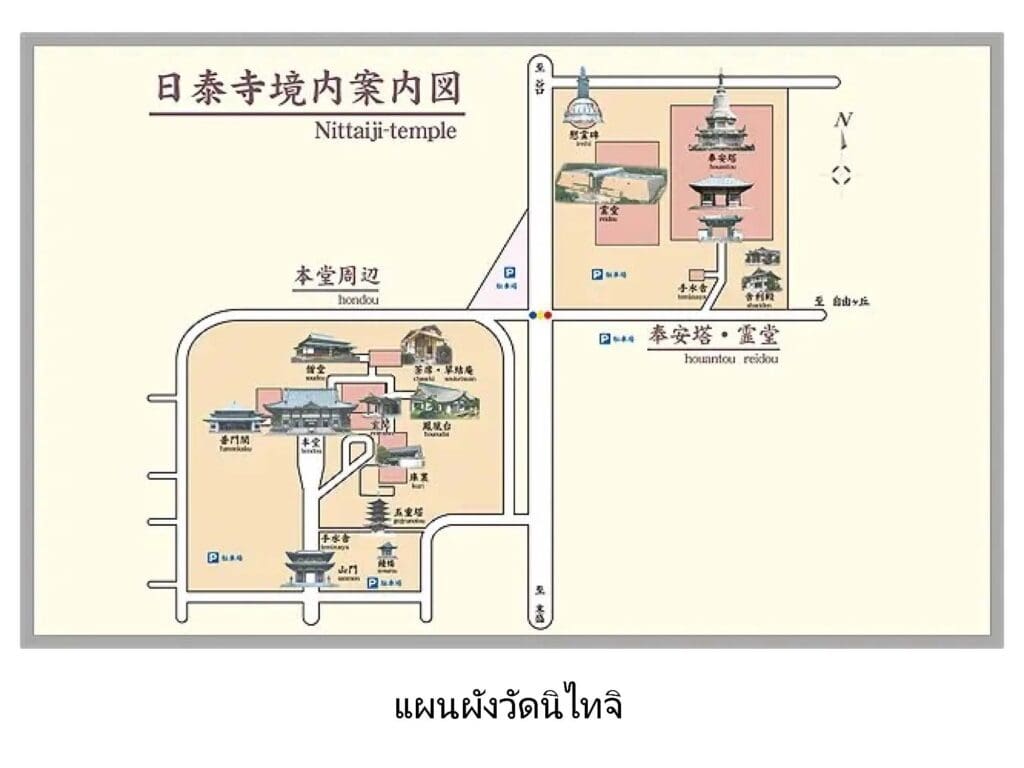
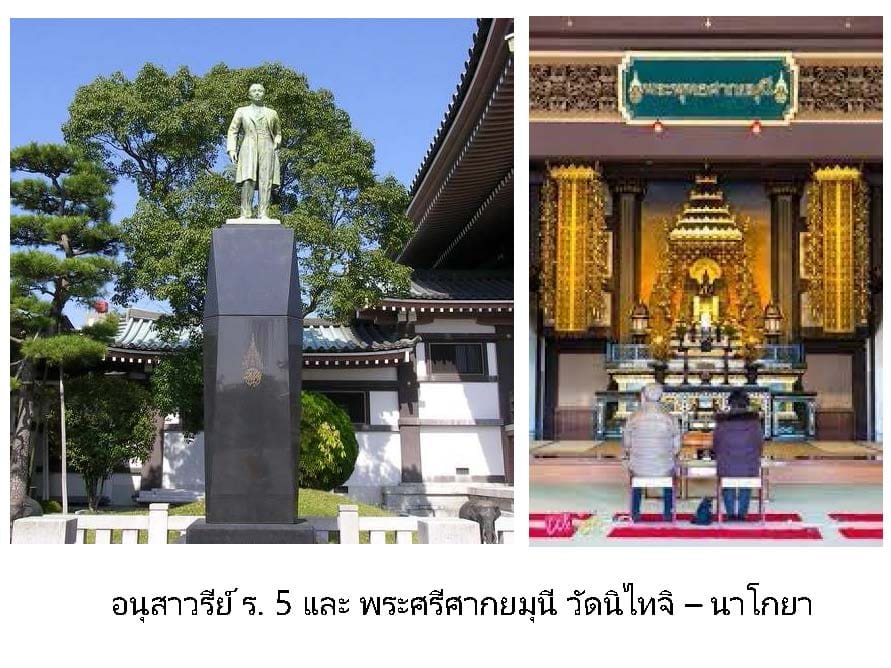
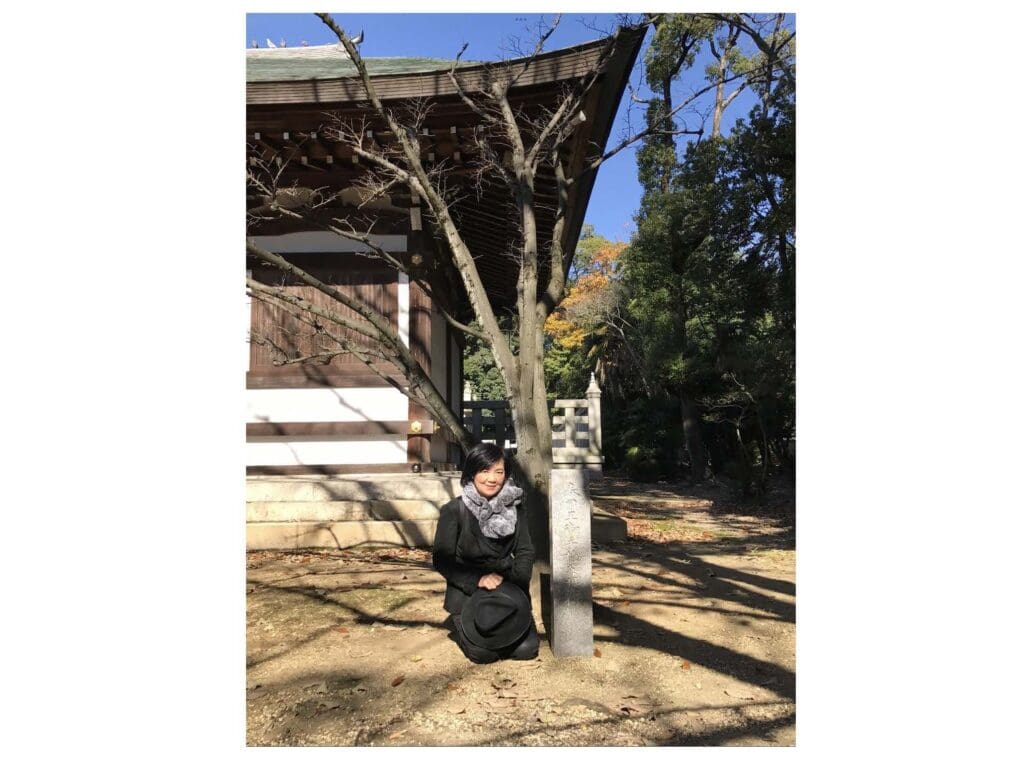
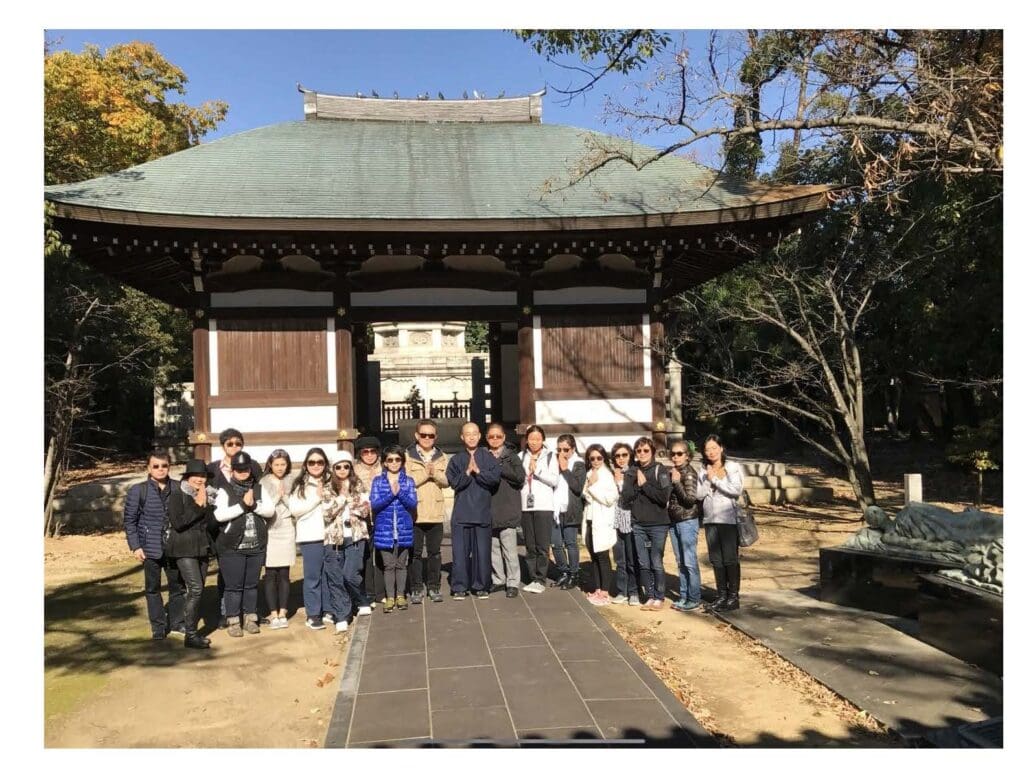
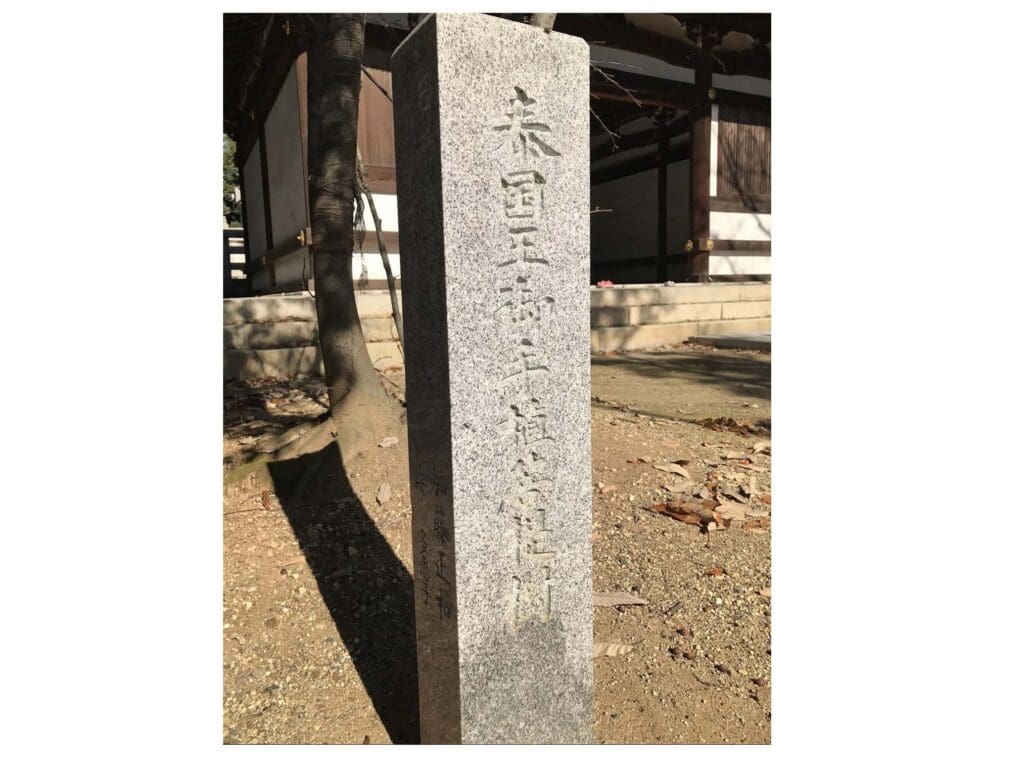
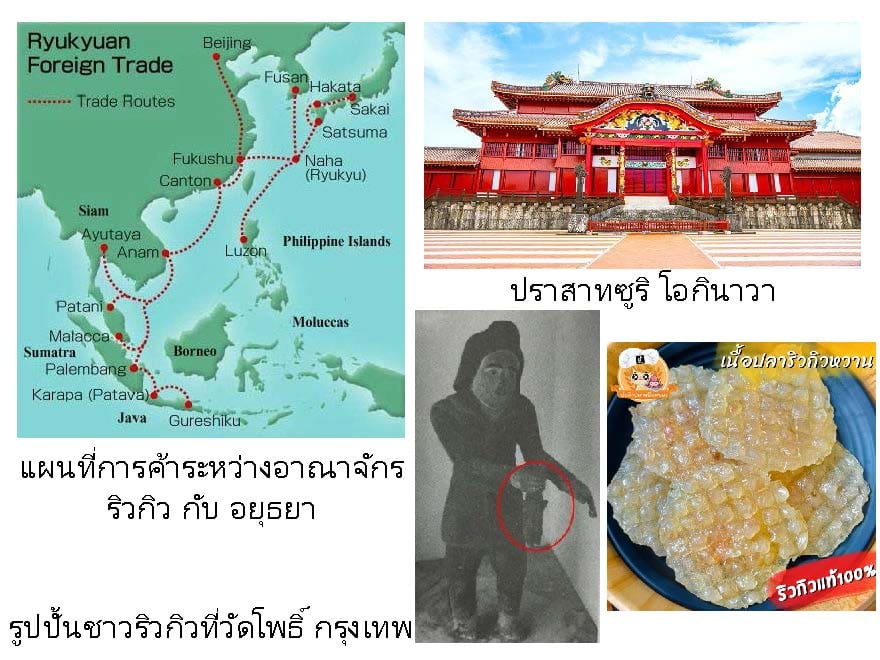
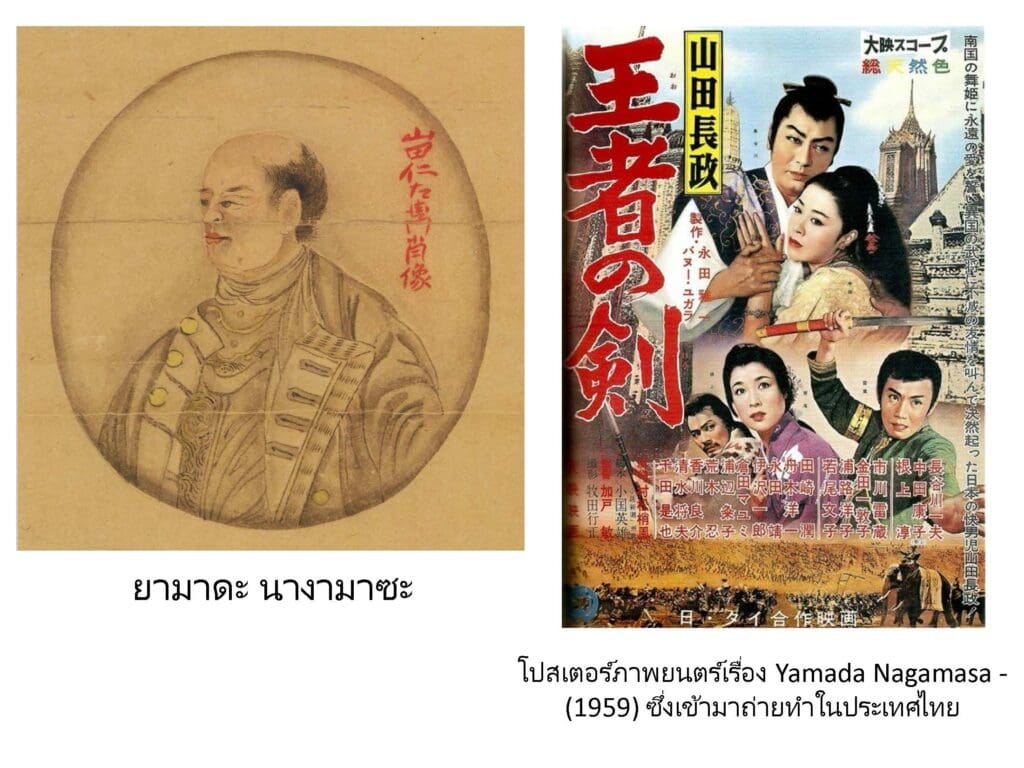
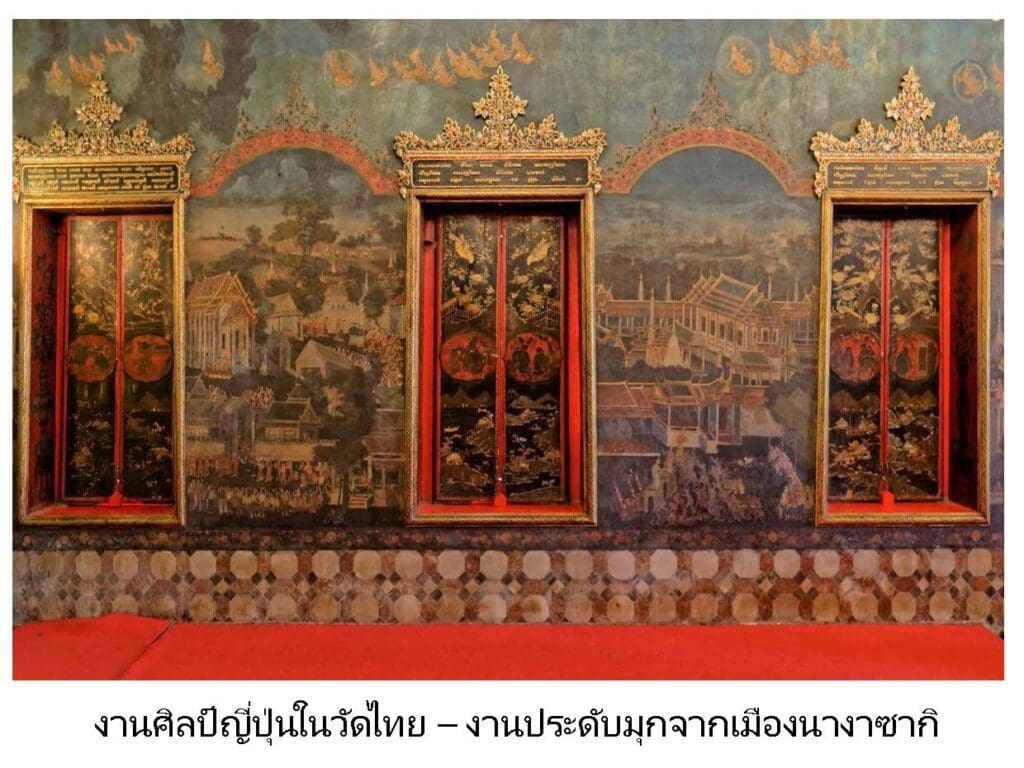
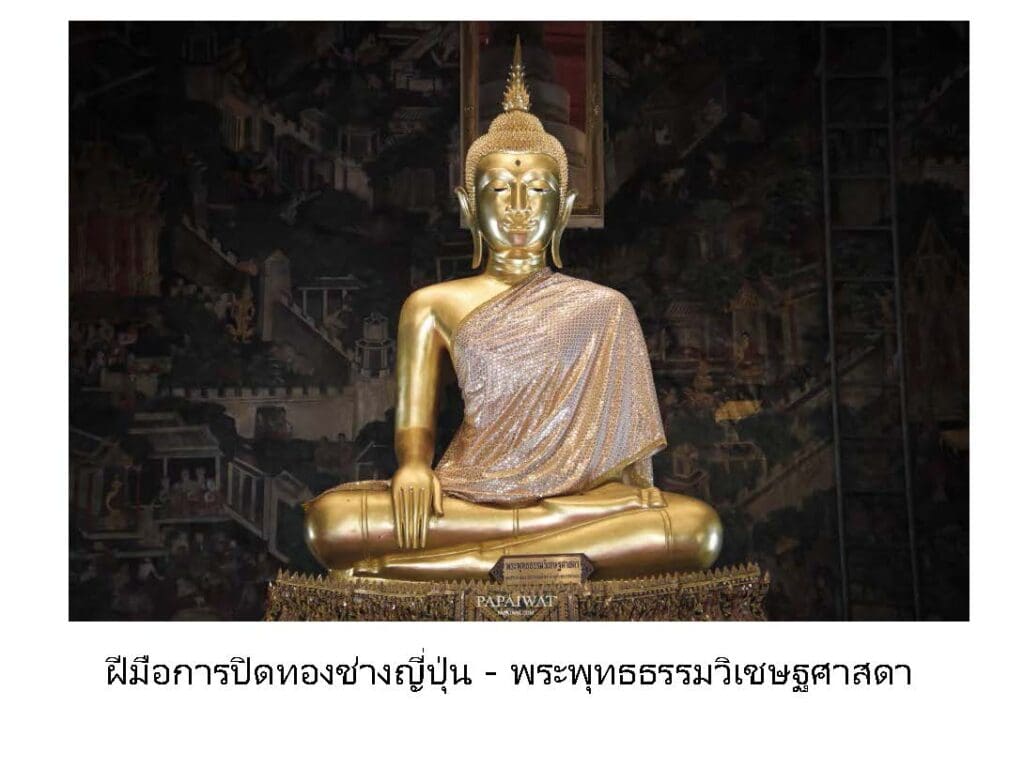
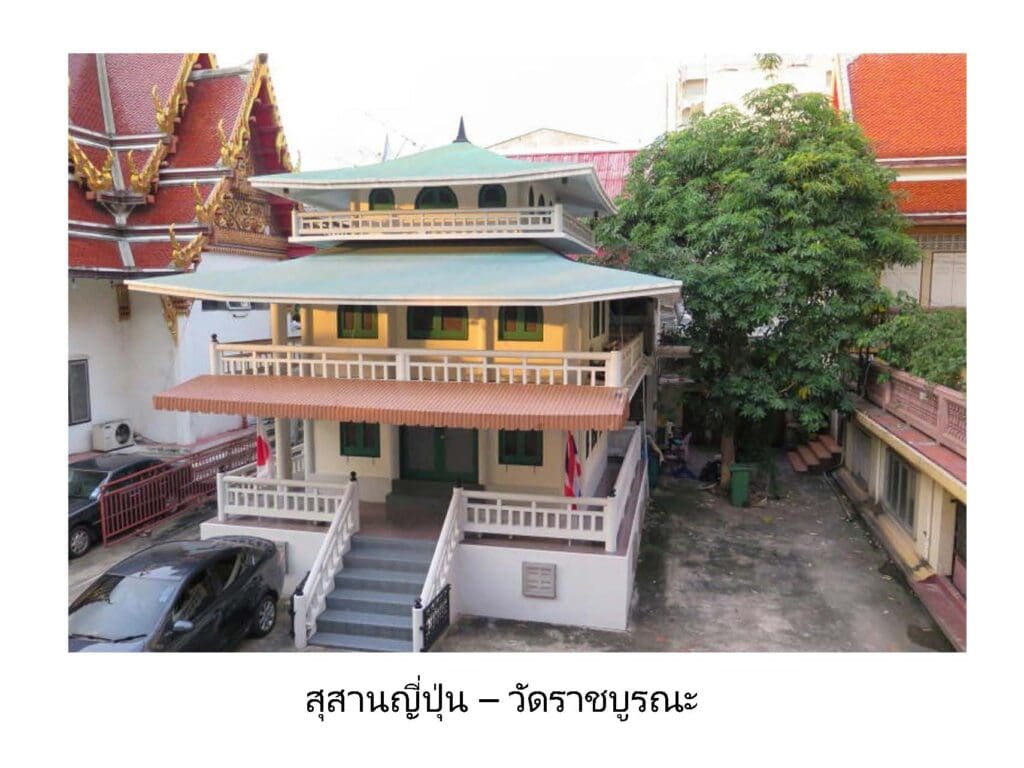
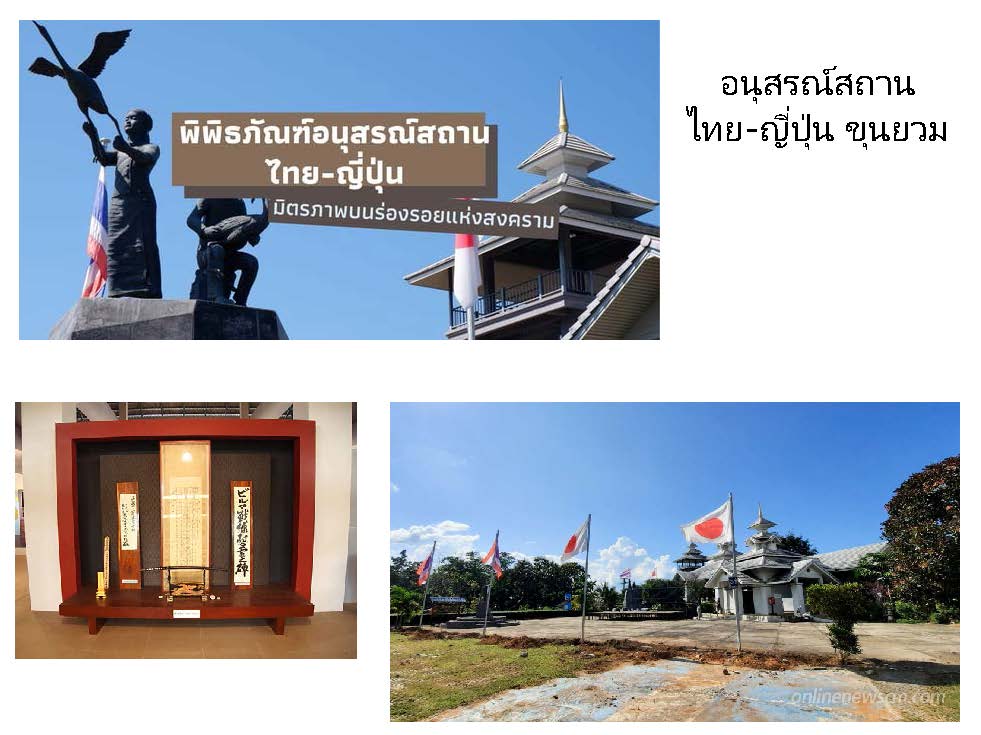
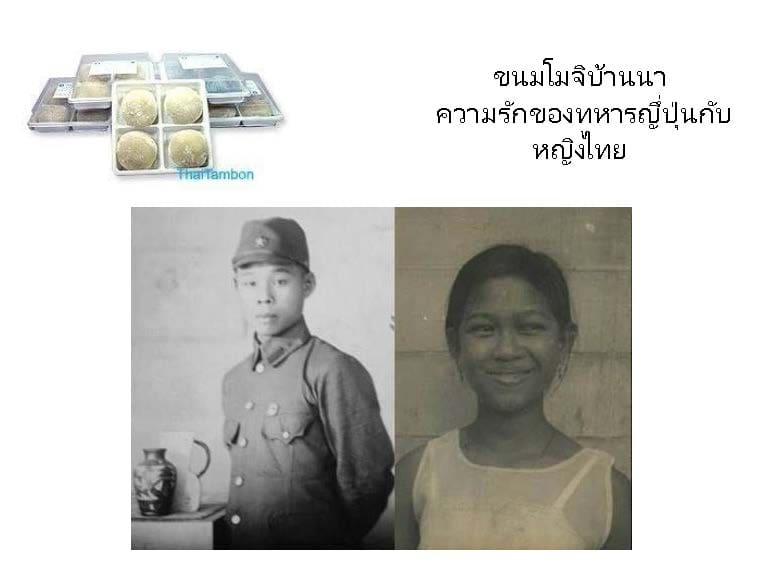
Retrace the steps of the “Port God of Travelers Shrine” to pray for safe travels.
In the old Japanese community area “Tha Ruea God of Travelers” near Wat Chok Chai, Phra Khanong District, Bangkok, is the location of “Tha Ruea God of Travelers Shrine” built to invite the god Enma Daio (閻魔大王), the ruler of hell, to be enshrined here so that people who traveled from Japan to trade with Thailand in ancient times could come to pay homage and pray for safe travels. In addition, the important characteristic of this shrine is the use of “Kanoya” (large pine poles) with Japanese and Thai characters written on them.
Vietnamese temple, Bangkok, Thai-Japanese architecture
Wat Yuan, Bangkok, is a temple with beautiful and outstanding architecture that combines Thai and Japanese styles. It was built in 1788 during the reign of King Rama I by the Vietnamese community who had come to seek refuge in the royal bodhi tree in Thailand. The highlight of the temple is the two-story chapel. The lower floor is decorated in Thai style with the principal Buddha image carved from sandstone. The upper floor houses a Buddha image in the Mara-Vijaya attitude, lacquered and gilded in Chinese art.
National Museum of Royal Barges
The National Museum of Royal Barges is located in the outer palace area. It houses all 12 royal barges, including the Suphannahong barge, which was built in the style of a warship during the Ayutthaya period. The model of the barge was influenced by a Japanese warship, which had a beautiful curved bow.
Ubosot Temple, Ban Rakam, Lamphun Province, an ancient Japanese-style religious site
Wat Ubosot, Ban Rakam, Lamphun Province is an ancient temple built in the Ayutthaya period by a Vietnamese community that migrated from Vietnam. Inside the temple is the Buddha statue in the Mara-Vijaya attitude, built by Japanese craftsmen. The temple is similar to a Japanese shrine and is made entirely of wood. The interior is decorated with brightly colored paintings.
Death Bridge, Death Railway, World War II History
The Bridge on the River Kwai, commonly known as the “Death Bridge”, is located on the Death Railway in Kanchanaburi Province. It was built during World War II by the Japanese army to transport weapons and supplies. The bridge is a sad symbol of the loss of many Allied prisoners of war.
Precious cultural heritage
These tourist attractions reflect the long-standing relationship between Thailand and Japan, showing the interconnected influences of religion, architecture, and history. These places are therefore priceless cultural heritages that are worth preserving and passing on to future generations to learn.
Sripathum University: A leader in tourism business education
The College of Tourism and Hospitality, Sripatum University, focuses on producing graduates with knowledge and skills in service and tourism. The curriculum and various activities are integrated to allow students to learn real experiences, while instilling awareness in the conservation of cultural heritage and promoting good relations between countries.
Strengthen Thai-Japanese relations through tourism
These tourist attractions are just a few of the things that reflect the strong relationship between Thailand and Japan. Tourism is another important channel to promote understanding, leading to the development of cooperation in various fields between the two countries in the future.

